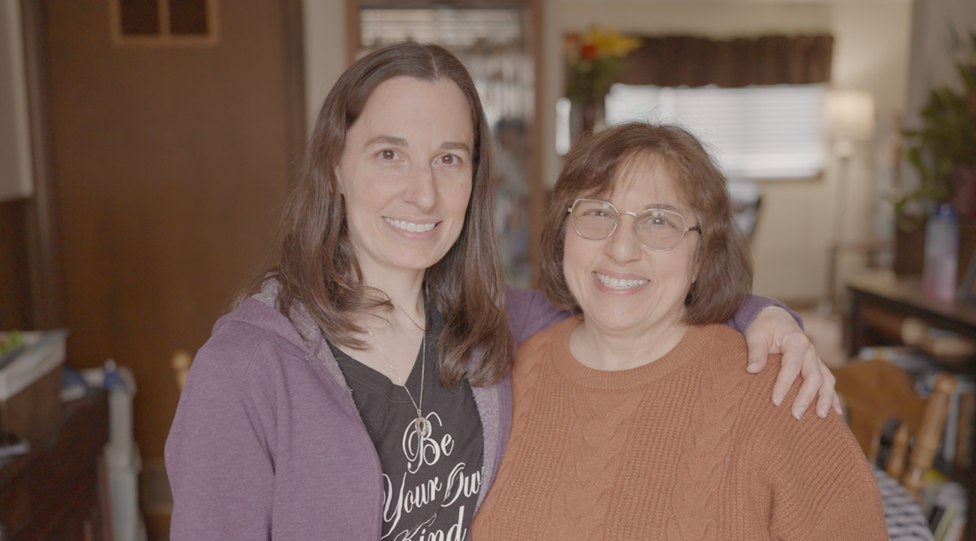
When You Can’t Be There: Creating a Caregiving Plan B
Planning for Respite: Tips & Tools
Respite seems like a foreign concept to so many caregivers, a thing only “other” more fortunate caregivers with luxuries of time and money do. But all caregivers require respite, and it should never be a question of “Can I afford it?” but rather “Can I afford NOT to take it?” Also, respite doesn’t mean taking off on a Caribbean cruise or spending the week at the beach. Sometimes, respite can be as simple as skipping the weekly food shopping trip and two nights of meal prep and cleanup by delegating those tasks to someone else. Respite can be as simple as designating one night a month to go out for dinner with your spouse or partner. Respite can be taking a nap when your loved one is at an adult day program for a few hours instead of cramming the time with household tasks and phone calls. Respite is all about prioritizing rest and self-care in your caregiving journey. When planning for respite, start small. Do something, even if it’s just once a month at the beginning. Push past the guilt. Refresh and care for yourself so you can continue to provide care. Check out these sites for respite services locators, information, and support.Emergency Action Plan for Caregivers: Tips to Navigate Crisis Moments
No one expects an emergency, and in that state of chaos, few can think clearly. Have an action plan ready for those moments you hope will never happen. Talk with your loved one about this action plan, and keep a copy of it with you and posted prominently in your home at all times. Find a way to visibly identify yourself as a caregiver and your loved one as a dependent to send a clear message in a crisis without giving away private information. Possible options for an emergency action plan include: having a dedicated person (be it a trusted friend, relative, neighbor, or home care provider) on call 24-7 who is committed to dropping everything to come and provide care; notifying your local EMT/police/first responders about your loved one’s special needs and prompting a check-in visit or call should a crisis occur; or having an arrangement with a nearby assisted living community for a short-term stay. Even in the latter situation, you may need someone to prepare a bag of overnight items and transport your loved one if you cannot. Consider these guides for building your family’s emergency action plan.- Just in Case: Emergency Readiness for Older Adults and Caregivers
- Preparing Makes Sense for People with Disabilities and Special Needs
Planning for Long Term Care: Tips & Tools
Respite and emergencies are typically short-lived, and though they may be hard to plan for, perhaps the most emotionally excruciating preparation a special needs caregiver must make is for a long-term care arrangement. Most hope to outlive the person in their care so they don’t have to worry about this one, but that also means the care receiver must pass away first, not a truly desirable outcome either. The other hard reality is this: even when caregivers outlive a care receiver, they may not be able—either physically or emotionally—to provide care indefinitely. However, by setting aside funds and making a plan for long-term care now—whether or not the plan will ever go into place—gives you and your caree control, choice, and the ability to communicate about end of life wishes. Together, you can create an agreeable, legally binding arrangement instead of being forced to choose in a panicked moment, having limited options because you’re pressed for time or financial resources, or leaving the decision-making to a state official or relative who does not understand a caree’s unique needs. Review these guides for finding and funding long-term care. Have the hard conversations today so you can have peace of mind in times of crisis and change tomorrow.More insights like this:
-

7 Immune System Booster Tips for Seniors
Read more: 7 Immune System Booster Tips for SeniorsThe immune system is the body’s first line of defense against viruses and infections, but the aging process can weaken the immune system. Throughout the COVID-19 pandemic, this became an increased concern for the caregivers of older or immunocompromised adults, as the risk of more severe symptoms and outcomes was much higher in these…
-

Massachusetts Adult Foster Care Eligibility Defined
Read more: Massachusetts Adult Foster Care Eligibility DefinedFor family caregivers, it’s crucial to create a community of support and utilize all the programs and resources available to you to improve your caregiver experience. In Massachusetts, the Adult Foster Care Program can be an excellent source of support, but eligibility can sometimes be overwhelming to navigate on your own. “The Massachusetts Adult Foster…
